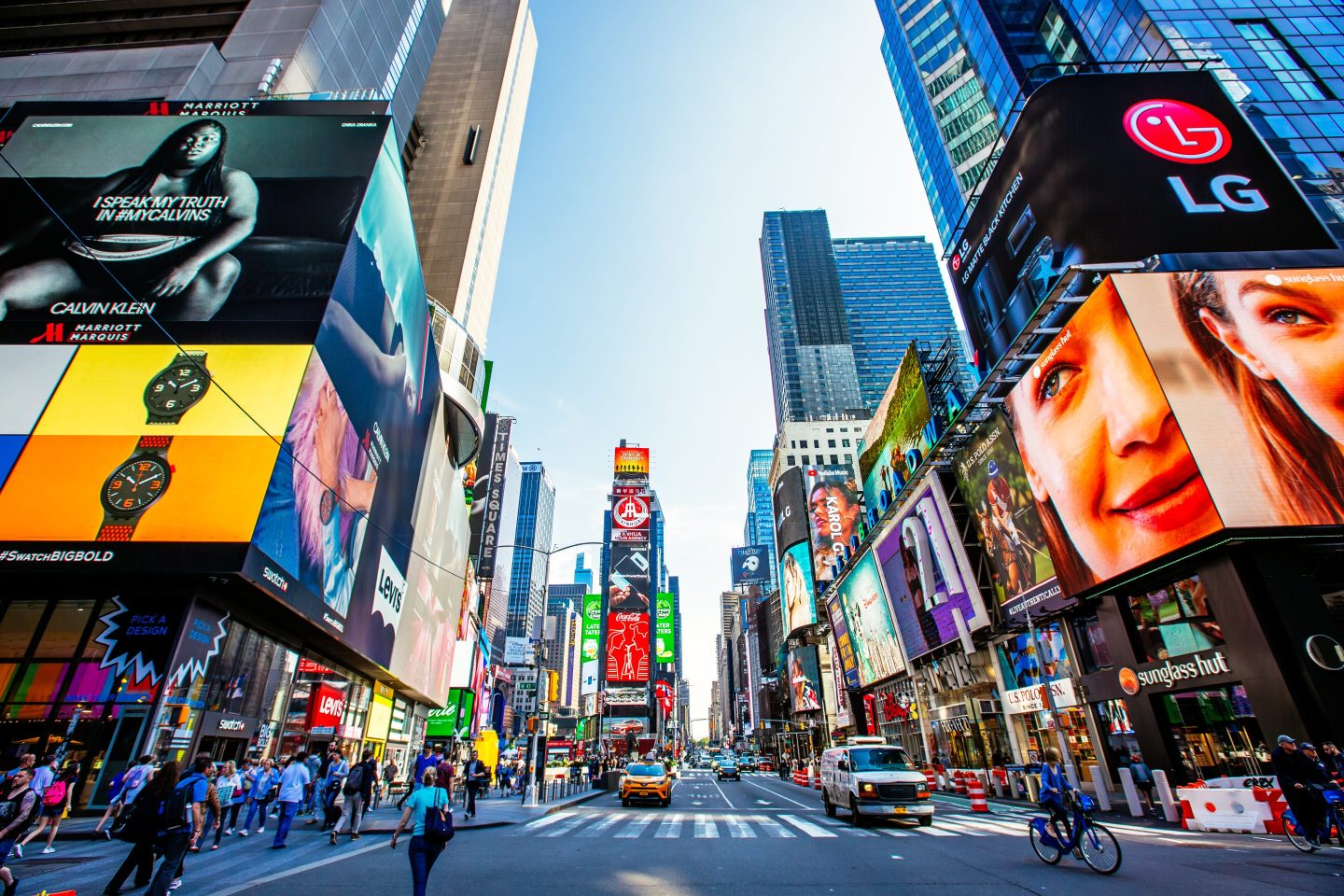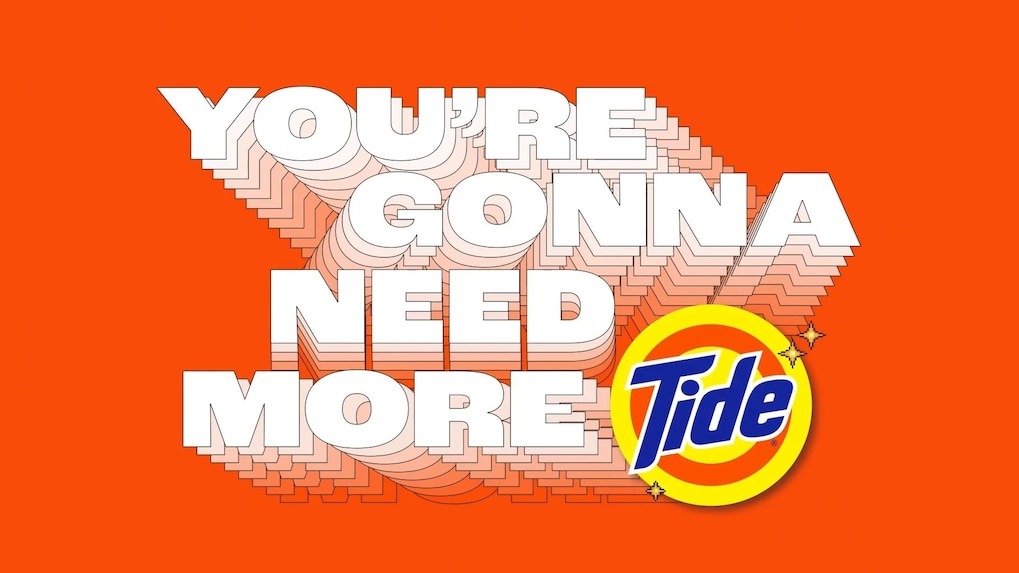The global advertising industry is on edge as looming tariffs threaten to disrupt financial stability across various sectors. With the potential for increased costs in products and services, advertising giants are preparing for a possible downturn in ad spending.
The Tariff Threat Looms Large
Tariffs have long been a tool used by governments to balance trade deficits and protect domestic industries. However, the introduction of new tariffs often leads to uncertainty in global markets, affecting a wide range of industries, including advertising. The recent trade tensions between major economies have led to concerns about higher operational costs, which could force businesses to cut back on advertising budgets.
Impact on Advertising Budgets
As businesses brace for the impact of tariffs, advertising budgets are often the first to be scrutinized. Companies looking to maintain their profit margins may reduce spending on marketing and advertising initiatives to offset increased production costs. This trend could significantly affect advertising agencies and media companies that rely heavily on these budgets.
– Potential Reduction in Ad Spend : Many companies are already forecasting a reduction in their advertising budgets. With increased costs from tariffs, businesses may prioritize essential operations over marketing campaigns.
– Shift in Advertising Strategies : To adapt to potential budget cuts, companies may shift their advertising strategies. This could involve a greater focus on digital marketing channels, which often provide a more cost-effective means of reaching consumers compared to traditional media.
Industries Most Affected
Certain industries will feel the tariff impact more acutely than others, particularly those with significant international supply chains.
– Consumer Electronics : Companies in this sector often rely on parts and components sourced globally. Tariffs could lead to increased costs, prompting a reassessment of advertising investments.
– Automotive Industry : With complex supply chains and international markets, automotive companies might face substantial tariff-related expenses, potentially leading to reduced advertising spending.
– Retail Sector : As tariffs affect the cost of goods, retailers may also cut back on advertising to maintain competitive pricing.
A Call for Strategic Planning
Amidst the uncertainty, advertising firms are encouraging their clients to engage in strategic planning to mitigate the effects of tariffs. By adopting a proactive approach, companies can better navigate the economic challenges posed by tariffs.
– Diversification of Ad Channels : Businesses are advised to diversify their advertising channels to ensure a broader reach and less dependency on any single platform.
– Focus on ROI : With tighter budgets, companies will need to focus on advertising strategies that offer the highest return on investment. This might involve leveraging data and analytics to target audiences more effectively.
Preparing for the Future
While the full impact of the tariffs remains to be seen, advertising agencies are preparing for a range of scenarios. By staying informed and adaptable, companies can better weather the economic fluctuations that tariffs may bring.
– Scenario Planning : Agencies are developing multiple scenarios to anticipate different outcomes of trade negotiations and their potential impact on advertising.
– Client Communication : Open communication with clients about potential changes in the economic landscape is crucial. Agencies are working closely with clients to adjust strategies as needed.
Conclusion
The advertising industry stands at a crossroads as it anticipates the potential ramifications of tariffs on global trade. By remaining vigilant and adaptable, advertising giants aim to navigate these challenges while continuing to deliver value to their clients.
Note: This article is inspired by content from https://fortune.com/article/advertising-giants-brace-for-tariff-induced-cuts-to-ad-spending/. It has been rephrased for originality. Images are credited to the original source.












Leave a Reply